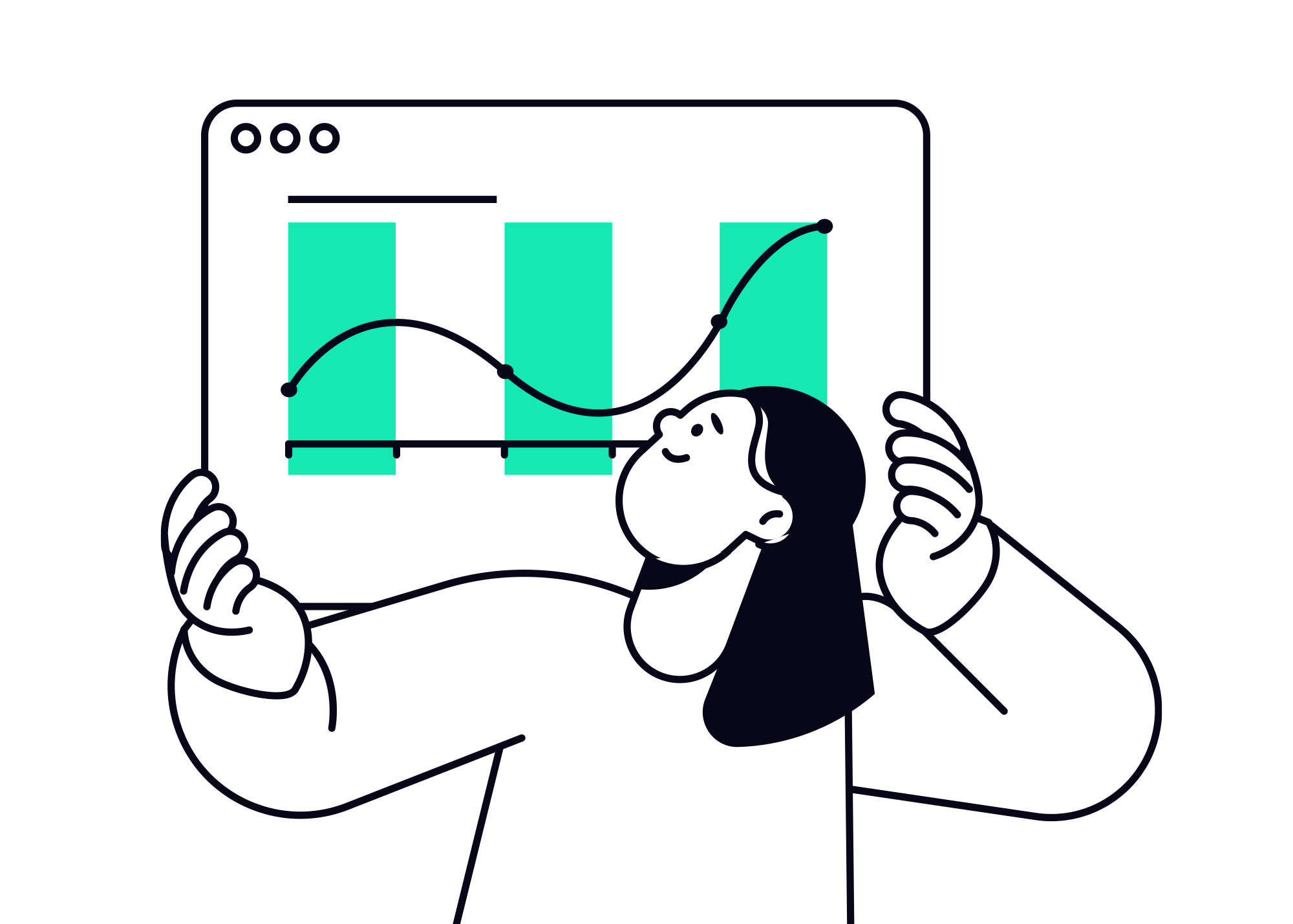1. Bid/Ask Prices: The Two Sides of the Coin

- Bid Price: This is the price at which you can sell the base currency in a currency pair.
- Ask Price: This is the price at which you can buy the base currency.
The difference between the bid and ask price is called the spread. For example, if the EUR/USD quote is 1.1050/1.1055, it means you can sell one euro for 1.1050 US dollars (the bid) or buy one euro for 1.1055 US dollars (the ask). The spread in this case is 5 pips.
2. Spreads: The Cost of Trading
The spread is essentially the broker's commission for executing your trade. It's the cost of doing business in the Forex market. Spreads can vary depending on the currency pair, the broker, and market conditions.
- Fixed Spreads: Some brokers offer fixed spreads, which means the difference between the bid and ask price remains constant regardless of market volatility.
- Variable Spreads: Other brokers offer variable spreads, which fluctuate based on market conditions. Variable spreads can be tighter (smaller) during liquid market conditions, but they can also widen during volatile periods.
3. Pips: Measuring Price Changes
Pips, short for "percentage in point" or "price interest point," are the smallest unit of price movement in a currency pair. Most currency pairs are quoted to the fourth decimal place, so a pip is usually a change of 0.0001. However, for pairs involving the Japanese yen (JPY), a pip is a change of 0.01.
Pips are used to calculate profits and losses in Forex trading. For example, if the EUR/USD price moves from 1.1050 to 1.1060, it has increased by 10 pips.
4. Lots: Standardizing Trade Sizes
Lots are standardized units used to measure the size of a trade. There are different lot sizes in Forex:
- Standard Lot: A standard lot is 100,000 units of the base currency.
- Mini Lot: A mini lot is 10,000 units of the base currency.
- Micro Lot: A micro lot is 1,000 units of the base currency.
- Nano Lot: A nano lot is 100 units of the base currency.
The lot size you choose will determine the value of each pip movement and, consequently, your potential profit or loss.
5. Leverage: Amplifying Your Trading Power
Leverage allows you to control a larger position in the market with a smaller amount of capital. It's like borrowing money from your broker to increase your buying power. For example, with 100:1 leverage, you can control a $100,000 position with just $1,000 of your own money.
While leverage can magnify your profits, it can also magnify your losses. It's crucial to use leverage wisely and understand the risks involved.
6. Margin: Your Good Faith Deposit
Margin is the amount of money you need to deposit with your broker to open and maintain a leveraged position. It acts as a good faith deposit to cover potential losses. If your losses exceed your margin, your broker may issue a margin call, requiring you to deposit more funds or close your position.
7. Types of Orders: Placing Your Bets
In Forex trading, you can use different types of orders to enter and exit the market. Understanding these order types is crucial for executing your trading strategies effectively and managing your risk.
Market Orders:
A market order is an order to buy or sell a currency pair at the current market price. It's the simplest and most common type of order. When you place a market order, it's usually executed instantly at the best available price.
Limit Orders:
A limit order is an order to buy or sell a currency pair at a specific price or better. For example, if the EUR/USD is trading at 1.1050, you could place a buy limit order at 1.1045, hoping to buy the pair at a lower price. If the price reaches 1.1045 or lower, your order will be executed.
Stop-Loss Orders:
A stop-loss order is an order to close your trade if the price reaches a predetermined level. It's a risk management tool that helps you limit your potential losses. For example, if you buy the EUR/USD at 1.1050, you could place a stop-loss order at 1.1000. If the price falls to 1.1000, your order will be executed, closing your trade and limiting your loss.
Take-Profit Orders:
A take-profit order is an order to close your trade if the price reaches a predetermined level. It's a profit-taking tool that helps you lock in your gains. For example, if you buy the EUR/USD at 1.1050, you could place a take-profit order at 1.1100. If the price rises to 1.1100, your order will be executed, closing your trade and securing your profit.
8. Long and Short Positions: Buying and Selling
In Forex trading, you can take two types of positions:
- Long Position (Buy): When you buy a currency pair, you're taking a long position. You expect the base currency to appreciate (increase in value) against the quote currency.
- Short Position (Sell): When you sell a currency pair, you're taking a short position. You expect the base currency to depreciate (decrease in value) against the quote currency.
For example, if you buy the EUR/USD, you're going long on the euro and short on the US dollar. You're essentially betting that the euro will strengthen against the dollar. Conversely, if you sell the EUR/USD, you're going short on the euro and long on the dollar, betting that the euro will weaken against the dollar.
The Takeaway
Understanding the mechanics of Forex trading, including bid/ask prices, spreads, pips, lots, leverage, margin, and different order types, is crucial for successful trading. By mastering these concepts, you'll be able to execute trades effectively, manage your risk, and navigate the market with confidence.








